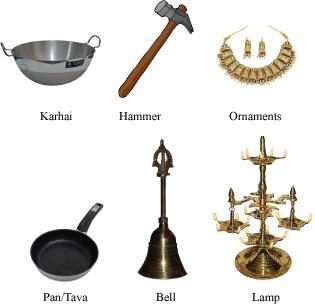Sponsor Area
NCERT Solutions for Class 7 Social Science Our Environment Chapter 2 Inside Our Earth
Inside Our Earth Here is the CBSE Social Science Chapter 2 for Class 7 students. Summary and detailed explanation of the lesson, including the definitions of difficult words. All of the exercises and questions and answers from the lesson's back end have been completed. NCERT Solutions for Class 7 Social Science Inside Our Earth Chapter 2 NCERT Solutions for Class 7 Social Science Inside Our Earth Chapter 2 The following is a summary in Hindi and English for the academic year 2025-26. You can save these solutions to your computer or use the Class 7 Social Science.
Answer the following questions.
(i) What are the three layers of the Earth?
(ii) What is a rock?
(iii) Name three types of rocks.
(iv) How are extrusive and intrusive rocks formed?
(v) What do you mean by a rock cycle?
(vi) What are the uses of rocks?
(vii) What are metamorphic rocks?
(i) The three layers of the Earth are the crust, the mantle and the core.
(ii) A rock refers to any natural mass of mineral matter that makes up the Earth’s crust.
(iii) Igneous, sedimentary and metamorphic rocks are the three types of rocks.
(iv) Extrusive rocks are formed when the molten magma present inside the Earth’s interior comes out onto the Earth’s surface, cools down and becomes solid. When molten magma cools down and solidifies deep within the Earth’s crust, intrusive rocks are formed.
(v)The transformation of one type of rock into another, under certain conditions and in a cyclical manner is referred to as the rock cycle. For example, igneous rocks, formed as a result of the solidification of molten magma, may break down into small particles, which may then be transported and deposited to form sedimentary rocks. Sedimentary and igneous rocks transform into metamorphic rocks when subjected to heat and pressure. These metamorphic rocks may themselves get broken down to form sedimentary rocks, or they may melt under great heat and pressure to form molten magma, which would then once again solidify to form igneous rocks.
(vi) Some of the uses of rocks are as follows:
(a) For building roads, houses and buildings
(b) For making jewellery
(c) For cutting and drilling purposes
(d) The fossilised remains of plants and animals present in rocks help in scientific research.
(e) The different minerals that make up different rocks are used as fuels, medicines, fertilisers, and in various industries.
(vii) Metamorphic rocks are the rocks that get formed under great heat and pressure. Igneous and sedimentary rocks, when subjected to heat and pressure, get transformed into metamorphic rocks.
Tick the correct answer.
(i) The rock which is made up of molten magma is
|
(a) Igneous |
(b) Sedimentary |
(c) Metamorphic |
(ii) The innermost layer of the Earth is
|
(a) Crust |
(b) Core |
(c) Mantle |
(iii) Gold, petroleum and coal are examples of
|
(a) Rocks |
(b) Minerals |
(c) Fossils |
(iv) Rocks which contain fossils are
|
(a) Sedimentary rocks |
(b) Metamorphic rocks |
(c) Igneous rocks |
(v) The thinnest layer of the Earth is
|
(a) Crust |
(b) Mantle |
(c) Core |
Match the following.
| (i) Core | (a) Earth’s surface |
| (ii) Minerals | (b) Used for roads and buildings |
| (iii) Rocks | (c) Made of silicon and alumina |
| (iv) Clay | (d) Has definite chemical composition |
| (v) Sial | (e) Innermost layer |
| – | (f) Changes into slate |
| – | (g) Process of transformation of the rock |
Sponsor Area
Mock Test Series
Mock Test Series






